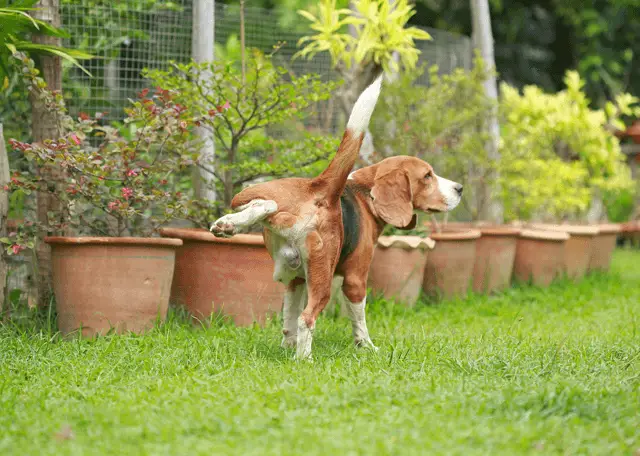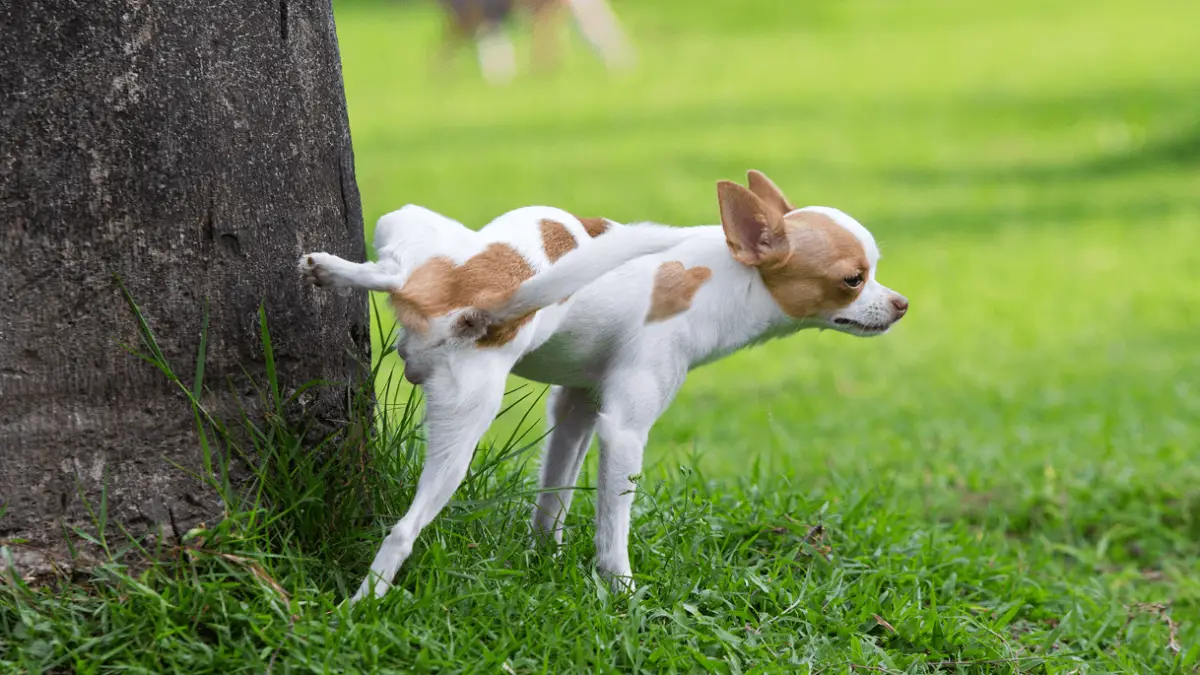Crystals In Dog Urine - Causes, Symptoms & Treatment
02.10.2022.
The appearance and presence of crystals in the dog urine are medically known as crystalluria. The system affected is renal and urologic. The most common crystals are calcium oxalate, cystine, ammonium urate, and xanthine.
What are crystals in dog urine?
Crystals are formed when there is an excessive amount of minerals, organic materials, or other crystallogenic substances in the urine, which in the right conditions (pH, concentration of urine) can connect and form a bladder stone (urolith).
Crystalluria represents a risk factor for urolithiasis. Crystals in urine are not evidence of a stone-forming tendency. Certain types of crystals can indicate underlying disease. Detecting crystals in fresh urine collected from patients with confirmed urolithiasis may have diagnostic, prognostic, and therapeutic importance.
RELATED: UTI in Dogs: Symptoms & Treatment
Breed predisposition for crystals in the urine
There are some brees predispositions for forming a specific type of crystals. Calcium oxalate is more common in
- Miniature Schnauzer
- Yorkshire terrier
- Lhasa Apso
- Bichon Frise
- Maltese
- Pomeranian
- Miniature Poodle Dog

Cystine is found in
- Dachshunds
- English Bulldogs
- Newfoundlands
Ammonium urate is frequently found in
- Dalmatians
- English Bulldogs
- English Setters
Xanthine uroliths are seen in Cavalier King Charles Spaniels.
Causes of crystals in the urine
There are several causes of crystals in dog urine; first of all, the concentration of crystallogenic substances in urine - which in turn is influenced by their rate of excretion and urine concentration of water.
A second important factor is urine pH. Abnormal urine pH can be caused by the presence of bacteria or by consumption of poor-quality dog food. Therefore struvite and calcium phosphate are most common in neutral to alkaline urine; ammonium urate and sodium urate, cystine, and xanthine crystals are more common in acid to neutral urine.
Other causes of crystal formation may include:
- The solubility of crystallogenic substances
- Excretion of diagnostic agens or medications
- Dietary influence
RELATED: Why Does My Dog Keeps Peeing In House? Here Are 7 Possible Reasons
Types of urine crystals
There are several types of urine crystals, which can be determined microscopically, which is important to set the right therapy
- Struvite: they are made of magnesium, ammonia, and phosphate. They can occur in healthy dogs, including those with urinary tract infections. Struvite uroliths are associated with a chronic bacterial infection. Some researches indicate that struvites are more common in females
- Calcium oxalate: they are usually an accidental finding in healthy dogs. Rare cases may be a result of hyperthyroidism or ethylene glycol poisoning
- Urate: there are several types of urate crystals - ammonium urate, uric acid, and sodium urate. They can indicate liver disease
- Cystine: too much cystine in urine can lead to the formation of kidney stones
- Xanthine: these crystals are the product of the breakdown of certain proteins. They are rare. Some drugs (such as allopurinol treatment for leishmaniasis) can cause a high level of xanthine in urine

RELATED: Why Is My Dog Peeing On My Bed? How To Stop It?
Symptoms
There are several symptoms of crystals in dog urine. The most common sign is the discomfort caused by passing crystals in the urine tract. As an owner, you can see your dog licking genitalia more frequently, especially after urination. Other symptoms may include:
- Pain
- Difficult urinating
- Frequent urination or urinating less than normal
- Crying or vocalizing during urination
- Blood in urine
- Painful abdomen
- Lethargy
- Anorexia
Diagnosis
After a general clinical examination, it is indicated to take urine samples for analysis. Microscopic examination of urine samples is important to determine the type of crystals. It is also important to check the pH and mineral content of urine.
If there is suspicion of bladder stone or kidney stone, ultrasound and x-rays are indicated. It is indicated to do some blood tests like urea and creatinine.
RELATED: Why Is My Dog Licking Other Dog's Pee? Is it Dangerous?
Treatment
Intervention should be considered if this leads to lower urinary tract problems or where is a present large number of crystals in urine. Dietary management is the main thing in the battle with crystals.
For struvite, a diet low in magnesium, phosphorus, and protein is important. The goal of treating calcium oxalate is to prevent forming stones, and it should be done with a diet that is low on protein and sodium. Having a slightly alkaline urinary pH can help reduce struvite urinary crystal formation.
Prevention
Preventing the recurrence of urine crystals involves correcting underlying diseases, including a medical diet or medications. Monitoring patient with crystals or stones is recommended. Checkups should be every 4 weeks and should contain urinalysis and urine culture. If the problem is not treated, it may lead to serious problems.
Prognosis
Crystals in dog urine in individuals with an anatomically normal urine tract is usually harmless because the crystals are usually eliminated before they grow large enough to interfere with normal urinary function. The prognosis is good with regular checkups and treatment of possible underlying diseases.
World Dog Finder team







Share